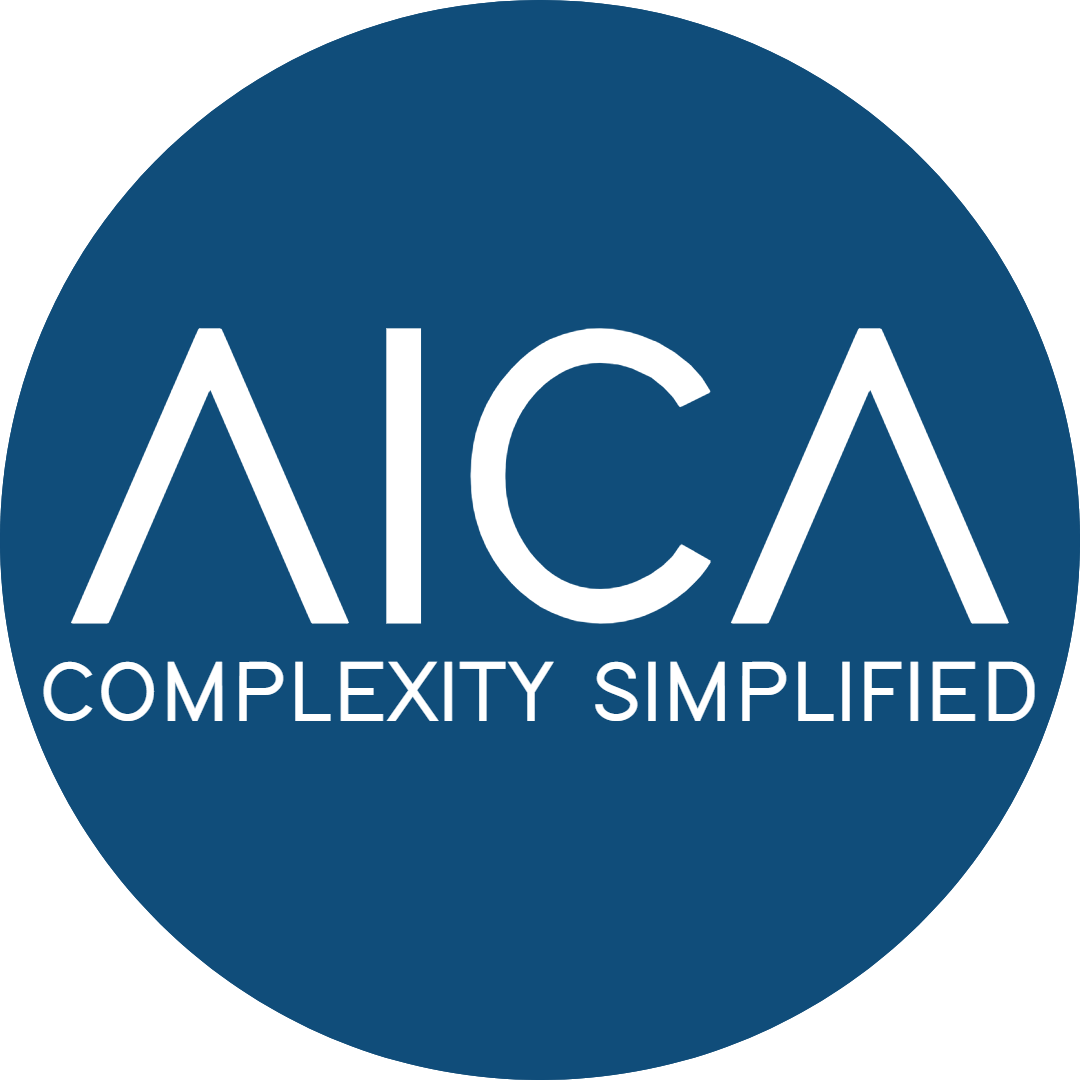Organisations across industries rely on structured, standardised information to manage procurement, supply chains, and spend visibility. One of the most widely adopted global standards for classifying products and services is the UNSPSC, the United Nations Standard Products and Services Code.
UNSPSC provides a common language for describing goods and services, enabling organizations to organise, analyse, and exchange information consistently across systems, suppliers, and regions.
Understanding UNSPSC
The UNSPSC is a hierarchical taxonomy developed by the United Nations Development Programme (UNDP) and Dun & Bradstreet. It assigns an eight-digit code to every product or service category, structured across four levels:
- Segment – Broad category grouping (e.g., 23 – Industrial Manufacturing and Processing Machinery)
- Family – Related product families (e.g., 2315 – Mining and Quarrying Machinery)
- Class – Specific product types (e.g., 231530 – Off-Road Dump Trucks)
- Commodity – Individual items or detailed categories (e.g., 23153001 – Haul Trucks)
This structure allows organisations to classify everything they buy, sell, or manage, from office supplies and IT equipment to industrial spare parts and maintenance services, under a universal, searchable framework.
Why UNSPSC Classification Matters
The adoption of UNSPSC delivers tangible business value by creating consistency, transparency, and interoperability across systems. Some of the most significant benefits include:
1. Improved Spend Visibility
With every item classified under a standard taxonomy, procurement teams can analyze spending at the category, supplier, or business-unit level, identifying consolidation and savings opportunities.
2. Enhanced Procurement Efficiency
UNSPSC classification streamlines catalog management and sourcing processes, enabling faster RFQ creation, supplier matching, and contract alignment.
3. Better Data Governance
Standardised classification reduces ambiguity, duplication, and inconsistent naming conventions across ERP, EAM, and PIM systems, ensuring that data integrity is maintained across the organization.
4. Global Interoperability
UNSPSC is recognised internationally, allowing organizations to align internal data with suppliers, partners, and regulatory systems worldwide. This is particularly valuable for multinational enterprises and public-sector entities.
5. Foundation for Digital Transformation
UNSPSC provides the structured data backbone required for AI, analytics, and automation initiatives. Without a consistent taxonomy, digital transformation efforts, such as predictive maintenance, automated procurement, or spend analytics, are often unreliable or incomplete.
AICA’s Role in UNSPSC Classification
AICA helps organisations cleanse, enrich, and classify their product and service data to global standards like UNSPSC with high levels of speed and accuracy.
Our Agentic AI platform automatically assigns UNSPSC codes to millions of records within weeks, achieving over 90% accuracy, while our domain experts validate complex or ambiguous entries through manual QA/QC review.
With AICA, enterprises can:
- Identify and eliminate duplicate records across systems.
- Standardise supplier and material master data.
- Integrate UNSPSC classification directly into ERP, EAM, or procurement systems.
- Build a consistent foundation for analytics, compliance, and digital transformation.
Conclusion
UNSPSC is more than a coding system; it’s a global data language that enables transparency, efficiency, and governance across business operations. By adopting UNSPSC and partnering with AICA, organisations gain the structured data they need to reduce costs, improve decision-making, and drive long-term digital transformation success.
To learn more about how AICA automates and validates UNSPSC classification, visit our website.
Copyright Reserved © AICA Data International Ltd 2025

